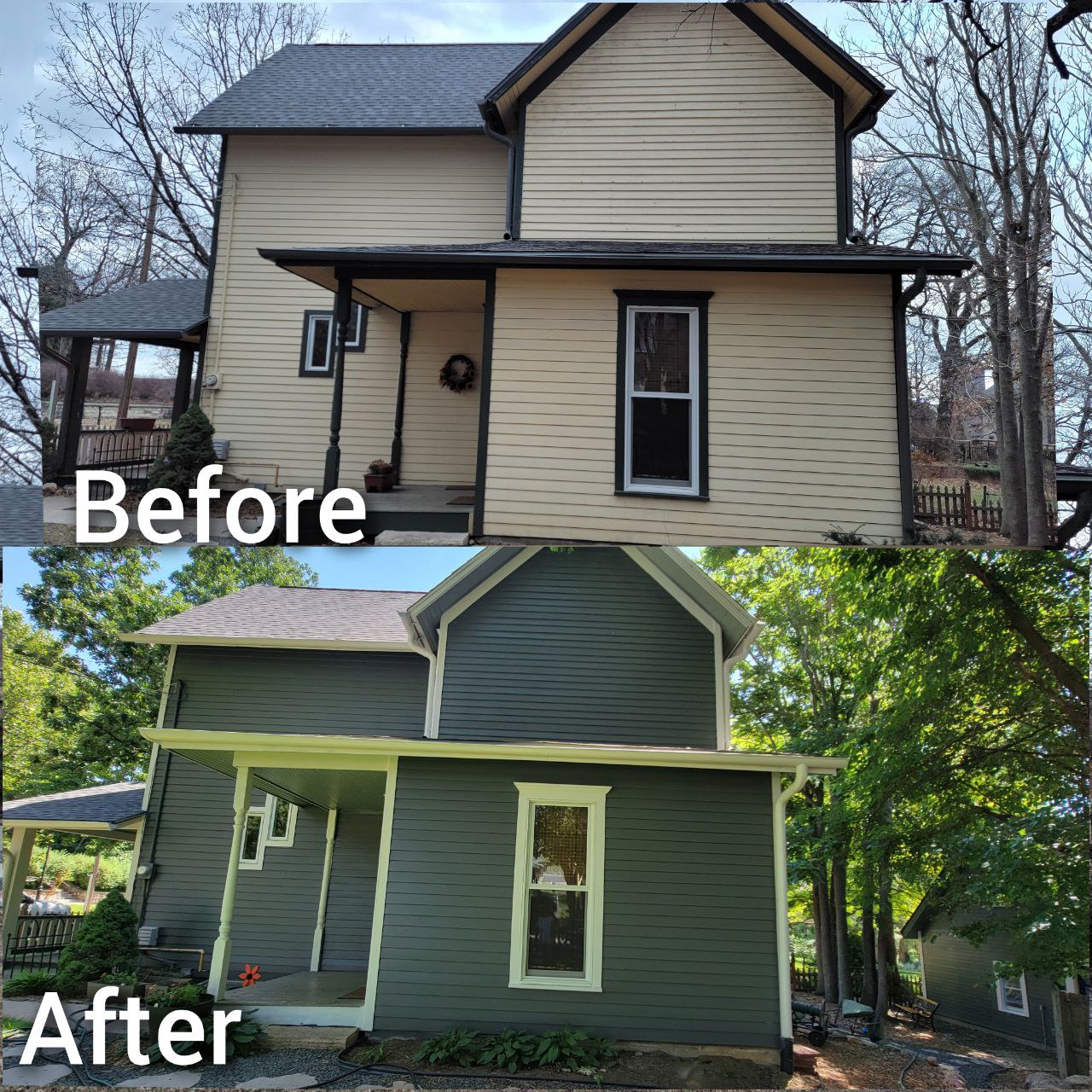
Many homeowners and even some painters could undervalue the significance of appropriate surface preparation, particularly priming when it comes to completing a faultless exterior paint job. Although priming may appear to be an extra step that could be ignored, it is an essential component of a successful and durable paint application. In this post, we’ll examine the importance of priming and explain why it should never be disregarded while painting the outside of a house if you’re searching for the top house painters near me service provider.
Promoting Adhesion
Priming acts as the foundation for a strong bond between the surface and the paint. Wood, concrete, and stucco outside surfaces are subjected to a variety of weather conditions, temperature variations, and moisture levels. A good primer reduces the possibility of peeling, chipping, or cracking over time by producing a surface that is responsive and enables the paint to adhere uniformly. This adherence keeps the paint’s look uniform and prevents it from prematurely detaching from the substrate.
Sealing and Protection
Exterior surfaces are prone to moisture infiltration, which can result in rot, mold development, and structural damage. Priming creates a barrier of protection, closing pores and keeping moisture out of porous surfaces. This is crucial for surfaces made of wood since moisture absorption can lead to warping, swelling, and rotting. The lifespan of the paint and the underlying structure are both extended by a good primer, which serves as a shield.
Smoother Surface for Repairs
Priming aids in establishing a smoother and more even basis for repairs if the outer surface has minor flaws, cracks, or holes. These faults are covered by the primer, making it so that they won’t be as obvious when the paint is applied. For older or weathered surfaces to have a polished appearance, this is especially crucial.
Minimizing Paint Consumption
Using a primer can help you reduce the amount of paint you use. The topcoat of paint adheres better and needs fewer applications to cover the entire surface since priming generates a uniform and receptive surface. By doing this, you not only use less paint overall but also save money and time while painting.
Enhanced Colour Accuracy
Primer can help paint adhere more accurately to surfaces. Some surfaces, particularly porous ones, can absorb paint pigments, changing the color somewhat. Since primer stops this color absorption, the paint color stays true to the hue intended.
Priming should never be disregarded if you want a beautiful exterior paint job that endures. It serves as the base for a good paint application. Make sure you prioritize appropriate priming as a crucial phase in any exterior painting process, whether you’re a homeowner taking on a DIY project or working with a professional painter. Your home’s exterior will surely benefit from the time and effort you put into priming. If you’re searching for the top house painters near me, Budget Pro Painting & Remodeling can assist with a variety of needs and objectives.



